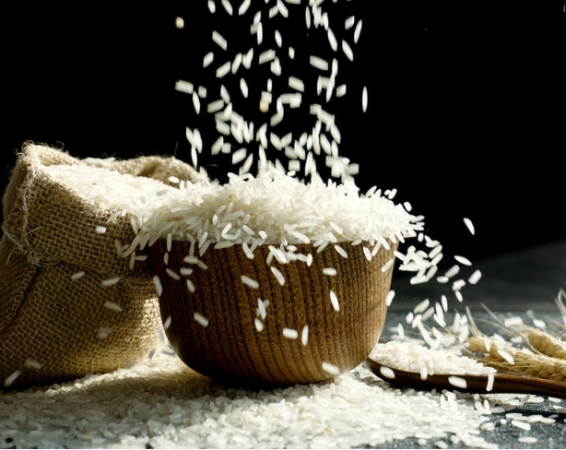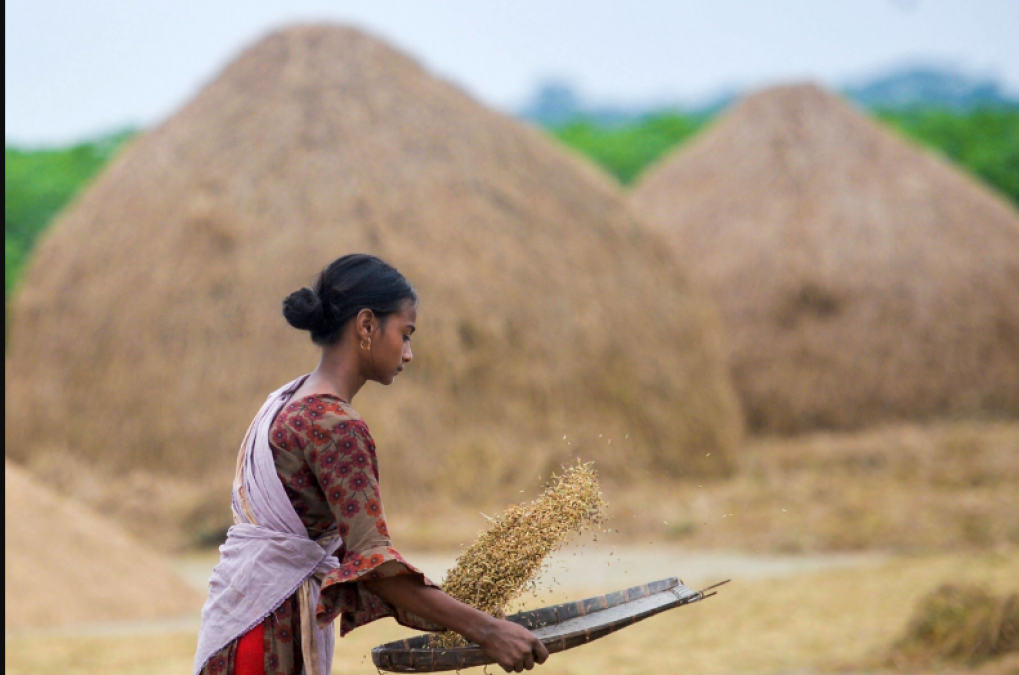
India: As India, by far the world's largest exporter, has experienced a lack of rain in some regions, rice plantation areas have shrunk to their smallest size in nearly three years. This could pose a new challenge to the world's food supply.
At a time when countries are grappling with skyrocketing food prices and high inflation, India's rice production potential is at risk. Due to lack of rainfall in some areas, including West Bengal and Uttar Pradesh, which account for a quarter of India's production, the total area planted with rice has decreased by 13% so far this season.
Traders worry that a fall in rice production will make India's fight against inflation harder and lead to export restrictions. For the billions of people who depend on the food staple, such a decision would have significant implications.
To protect food security and keep local prices up, the government has already restricted the export of wheat and sugar from India, which accounts for 40% of the world's rice trade.
Rice prices in India have increased, indicating concern about production. According to Mukesh Jain, director of Rice Shipper Sponge, prices of some varieties have increased by more than 10% in the last two weeks in major producing states like West Bengal, Odisha and Chhattisgarh, due to insufficient rains and rising demand from Bangladesh. Enterprises Pvt. According to him, the prices of free-on-board exports may rise to $400 a tonne by September from $365 at present.
Asia produces and consumes most of the world's rice, making it essential to the region's political and economic stability. In contrast to the rise in wheat and corn prices following Russia's invasion of Ukraine, rice prices have been controlled as a result of abundant production and reserves, helping to prevent a worsening of the food crisis.
The success of the monsoon and the Indian rice crop will have a significant impact. According to some agricultural scientists, there is still time to plant more crops and make up for some of the shortfall. Normal rainfall is expected from August to September, which may increase crop production.
Farmers are in low mood. Due to lack of rain in June and July, according to Rajesh Kumar Singh, 54, a grower, he was able to plant rice on only half of his seven acres (2.8 ha) of land. "The situation is really precarious," he declared.
According to Himanshu, a professor at Jawaharlal Nehru University, who goes by one name, rice prices are under pressure. Hopefully it will recover, he said, adding that the shortfall in production poses a risk of inflation as there is very little sowing after mid-July.
Rice may become a new obstacle in India's fight against inflation. This year, consumer prices continued to exceed the Reserve Bank of India's tolerance level of 6 per cent, leading to a sharp increase in interest rates. As the impact of falling commodity prices, such as those for fuel and vegetable oils, is partially offset by a weaker rupee this week, the central bank could further raise borrowing costs.
According to Sonal Verma, an economist at Nomura Holdings Inc., persistent geographic variation in rainfall could have a negative impact on crop production, which would have a negative impact on economic growth and inflation.
Top consumer
With Bangladesh, China, Nepal and some Middle Eastern countries among its top customers, India exports rice to over 100 countries. There are some promising signs for the global food security situation. In the coming weeks, the US is expected to deliver a bumper crop of wheat, and Ukraine recently sent its first grain shipment since Russia's invasion.

According to Siraj Hussain, former secretary of India's agriculture ministry, the government should think of reviewing its policy of allocating rice for ethanol production as India's paddy production is expected to decline in several states.
In an effort to reduce its fuel costs, India is looking to increase production of ethanol by using excess sugar and rice. The rise in food prices after the conflict in Ukraine has sparked a "food versus fuel" debate.
Hussain said it was difficult to determine the exact amount of production loss at this time. However, he continued, there is no justification for allocating rice for ethanol production at this juncture.
Now Tejashwi accepted PM Modi's words, after cricket, he was seen playing table tennis
Hamida Bano missing from Mumbai 20 years ago found in Pak, video on social media